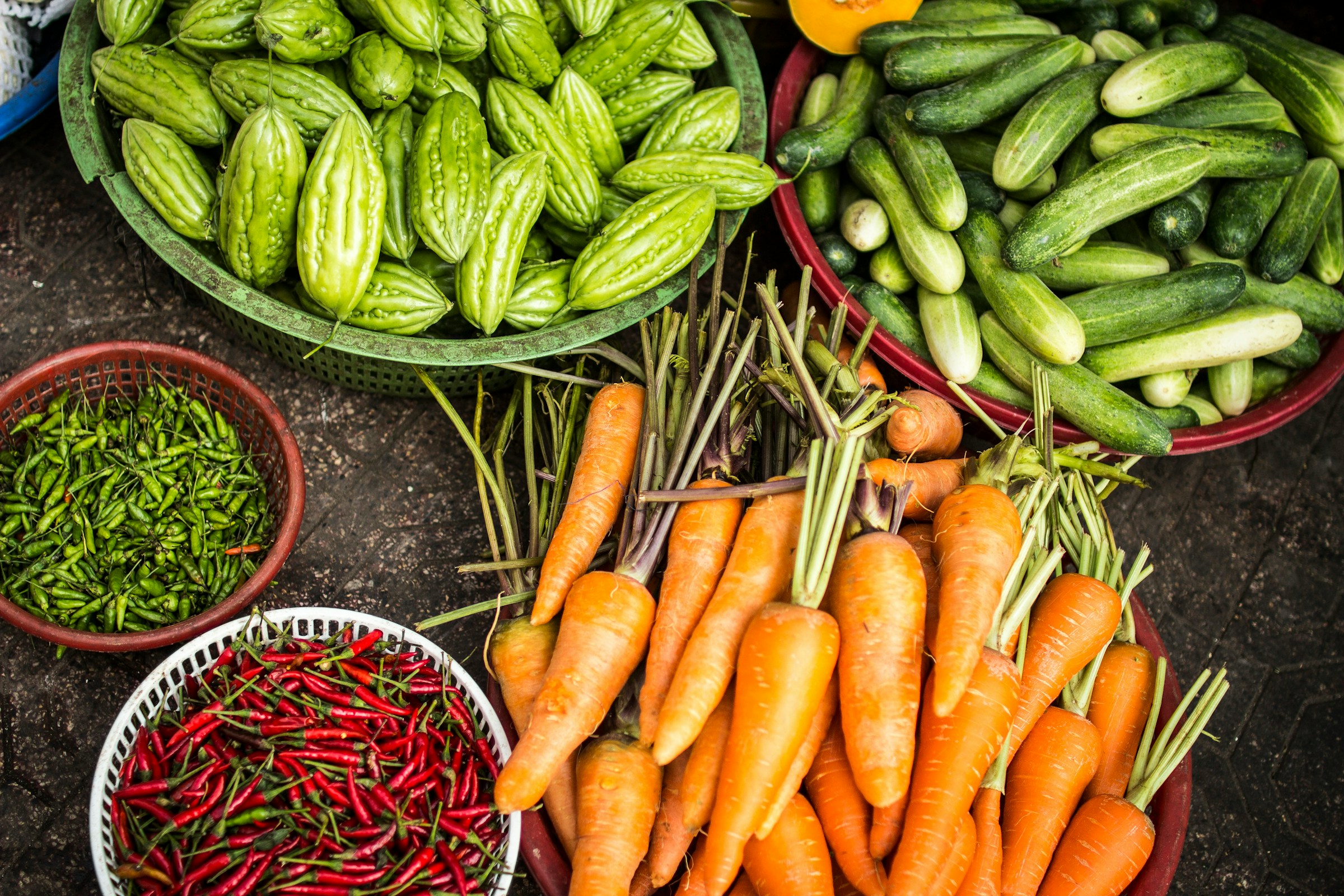
Journal articles
Measuring food waste in Dutch households
According to this paper, households in the Netherlands wasted 41kg of solid food per person in 2016 - a 15% decline since 2010. Furthermore, 57 litres per person of potable liquids such as coffee, tea and milk are disposed of via the sink or toilet each year. Rice, bread, pasta, vegetables and pastries are among the food types most likely to be wasted (as a percentage of purchased quantity).